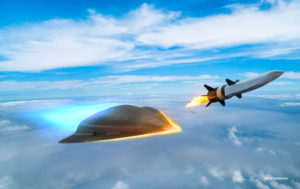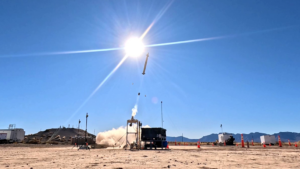
The Defense Department needs to be more consistent in its plans and outlook for developing and acquiring hypersonic weapons to ensure it has a ready industrial base to build these systems, the National Defense Industrial Association (NDIA) says in a new report. DoD has been “ambiguous” in its commitment to hypersonic systems, making it a priority some years and then wavering, says the report, Hypersonics Supply Chains: Securing The Path To The Future. “As such, the current supply chains, including…

 By
By 











